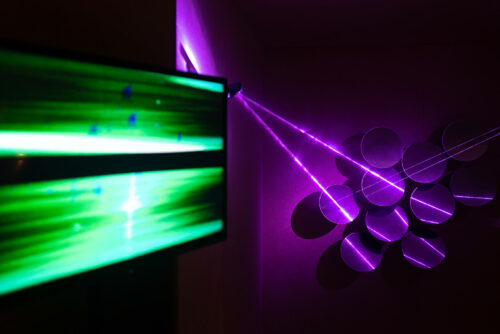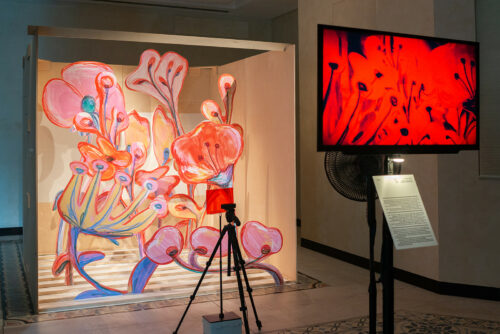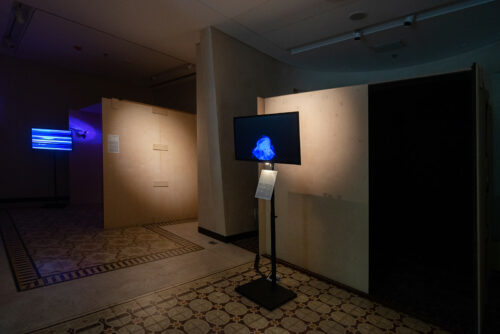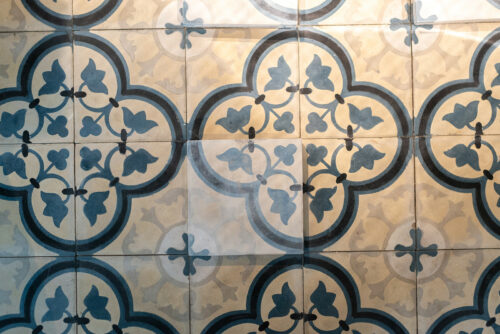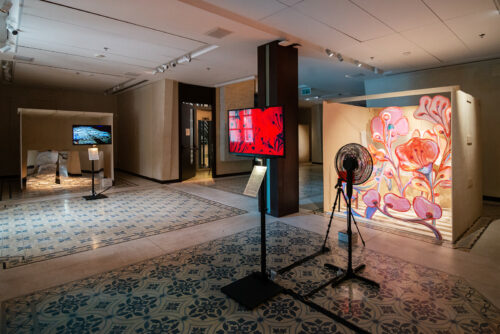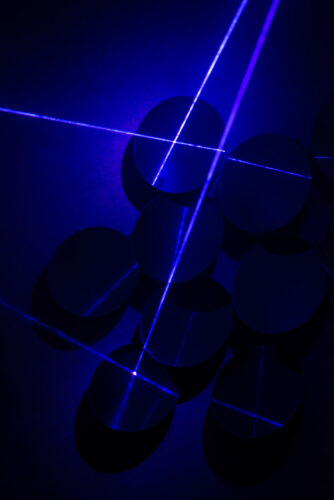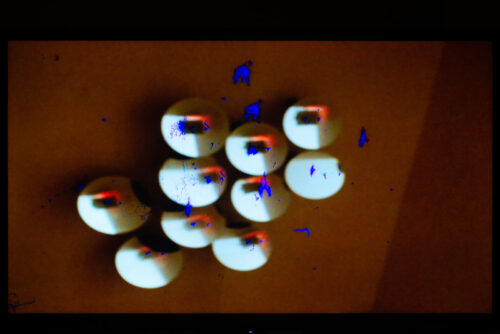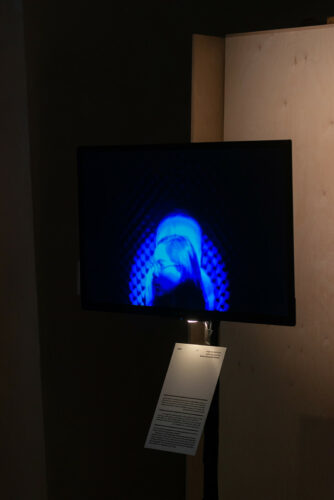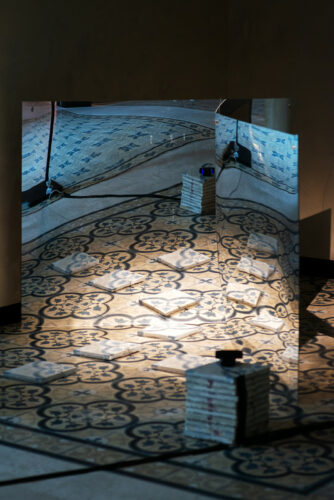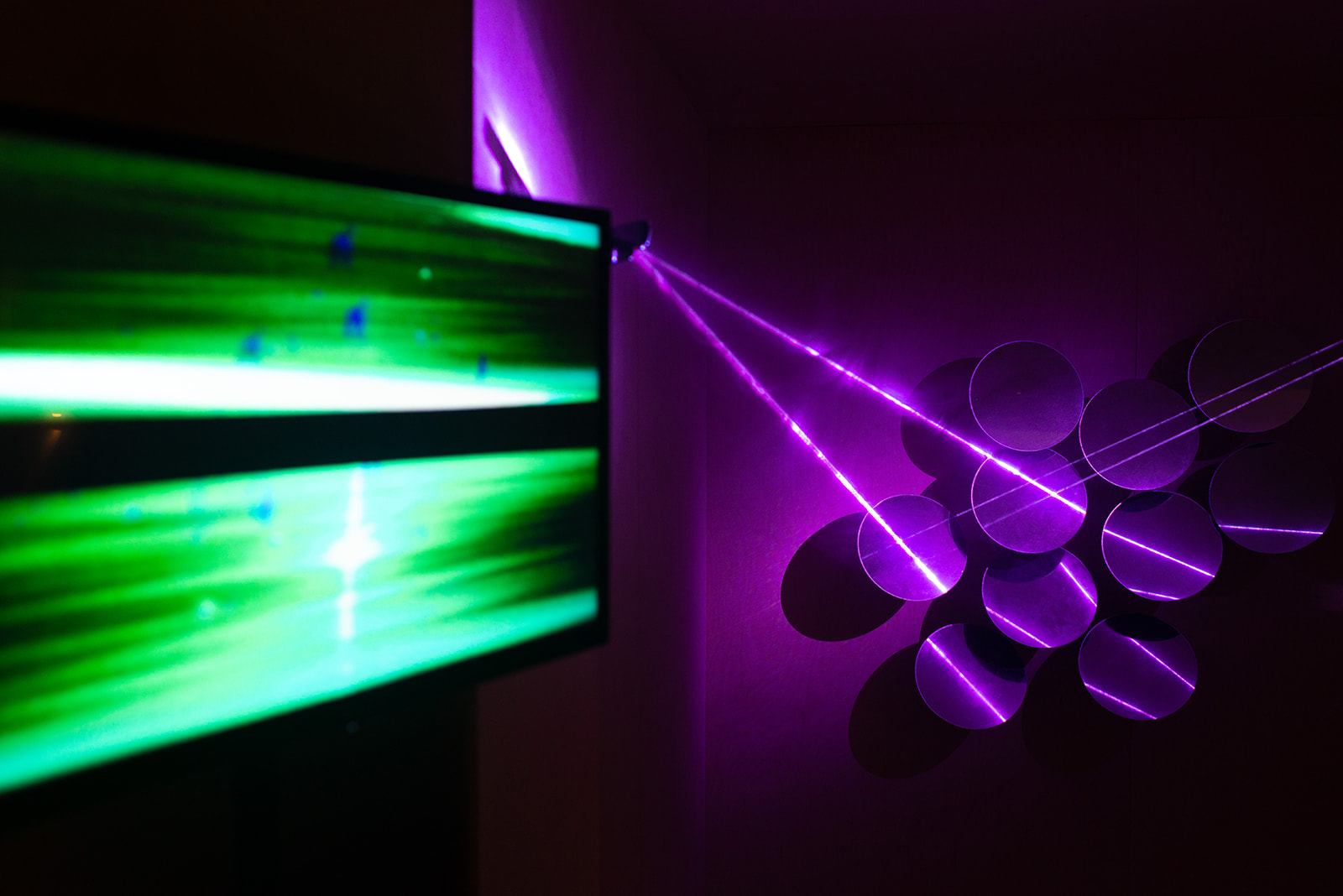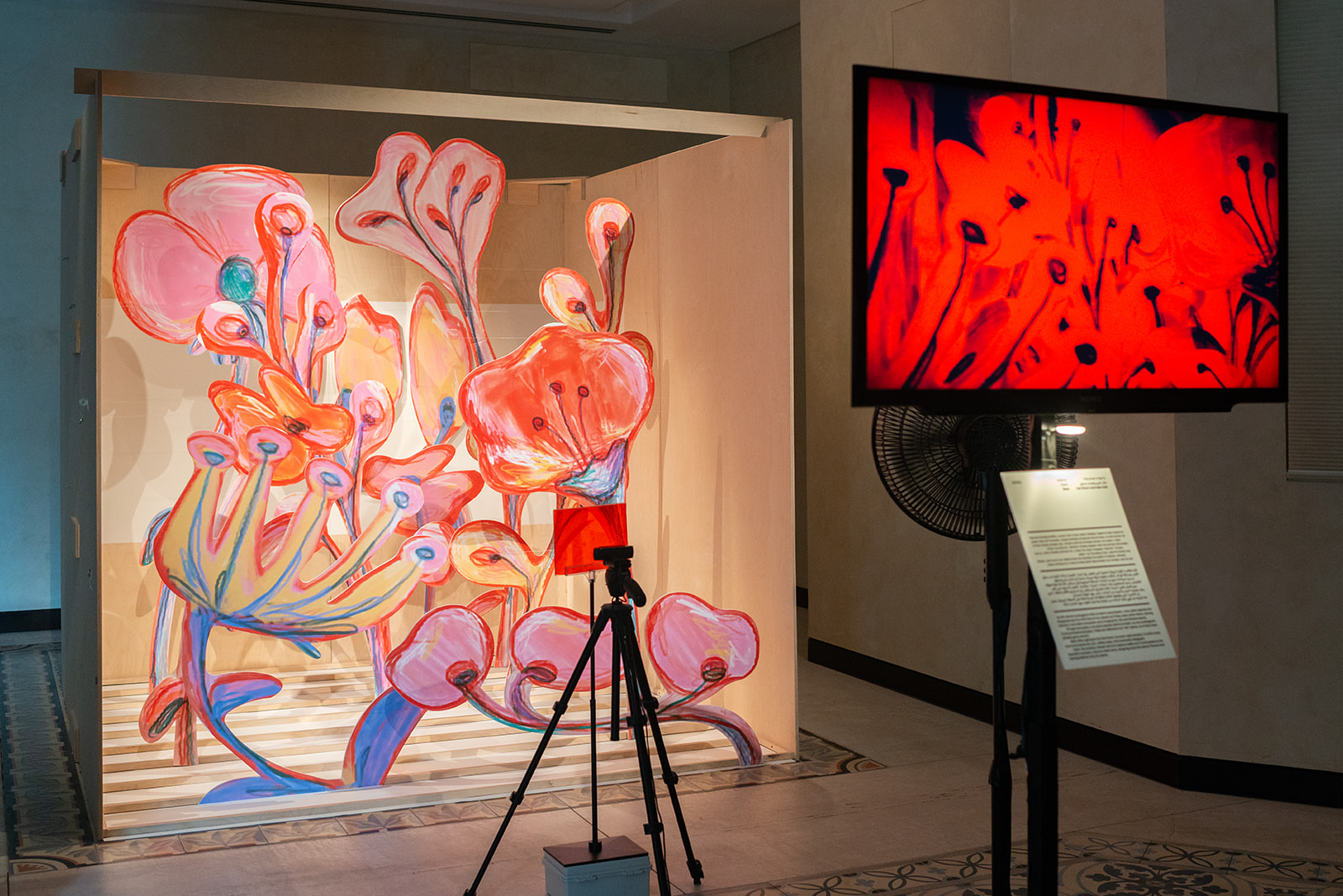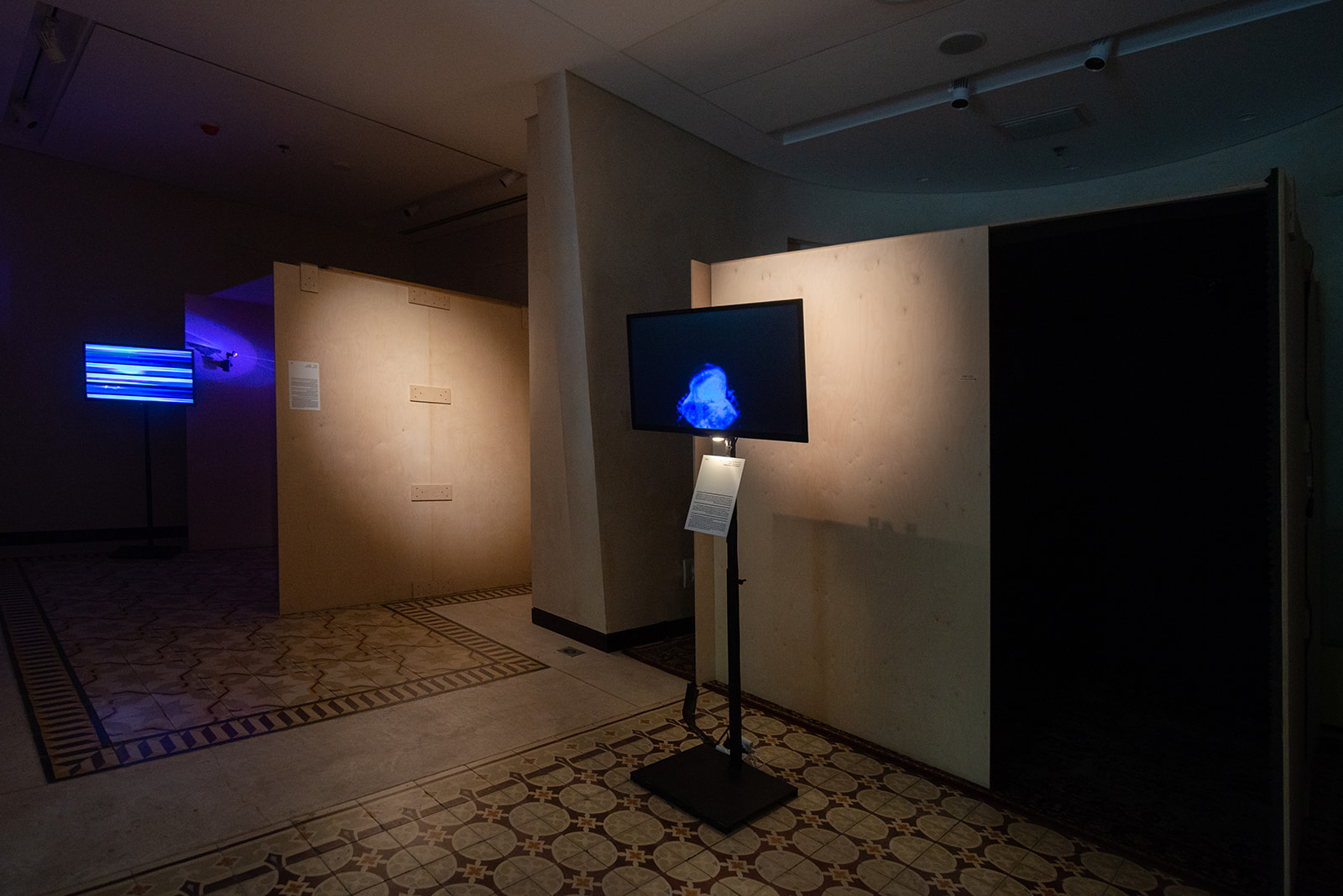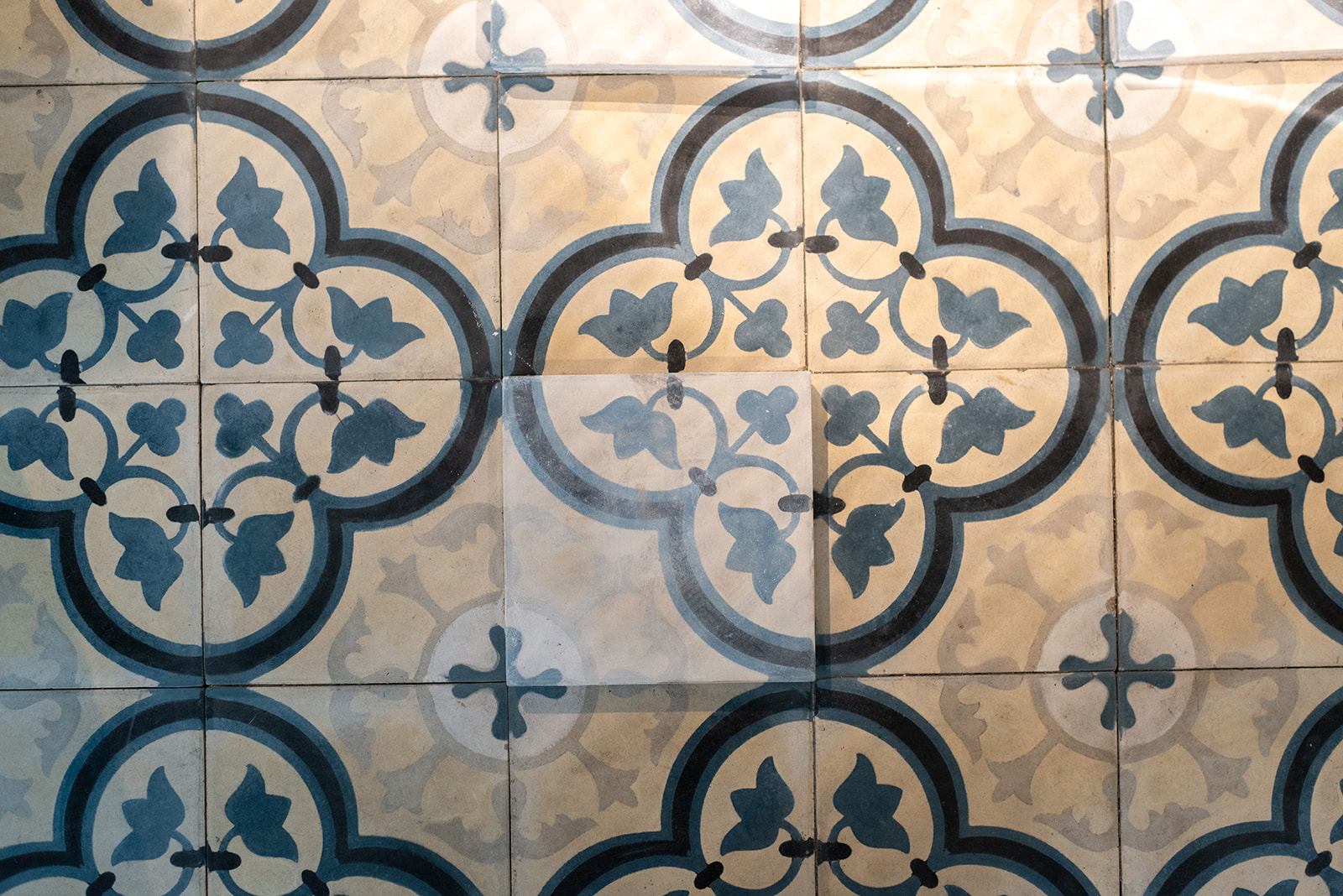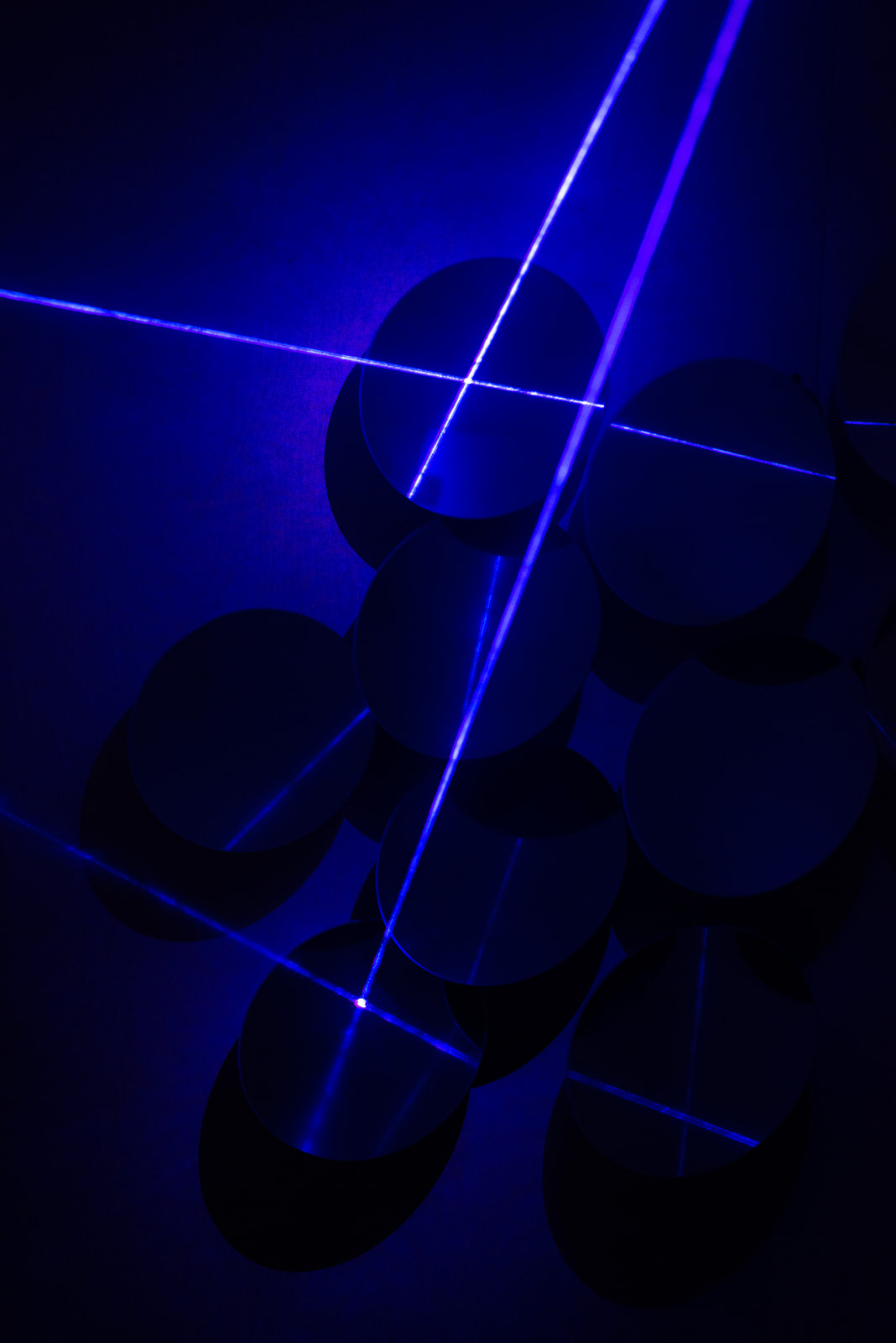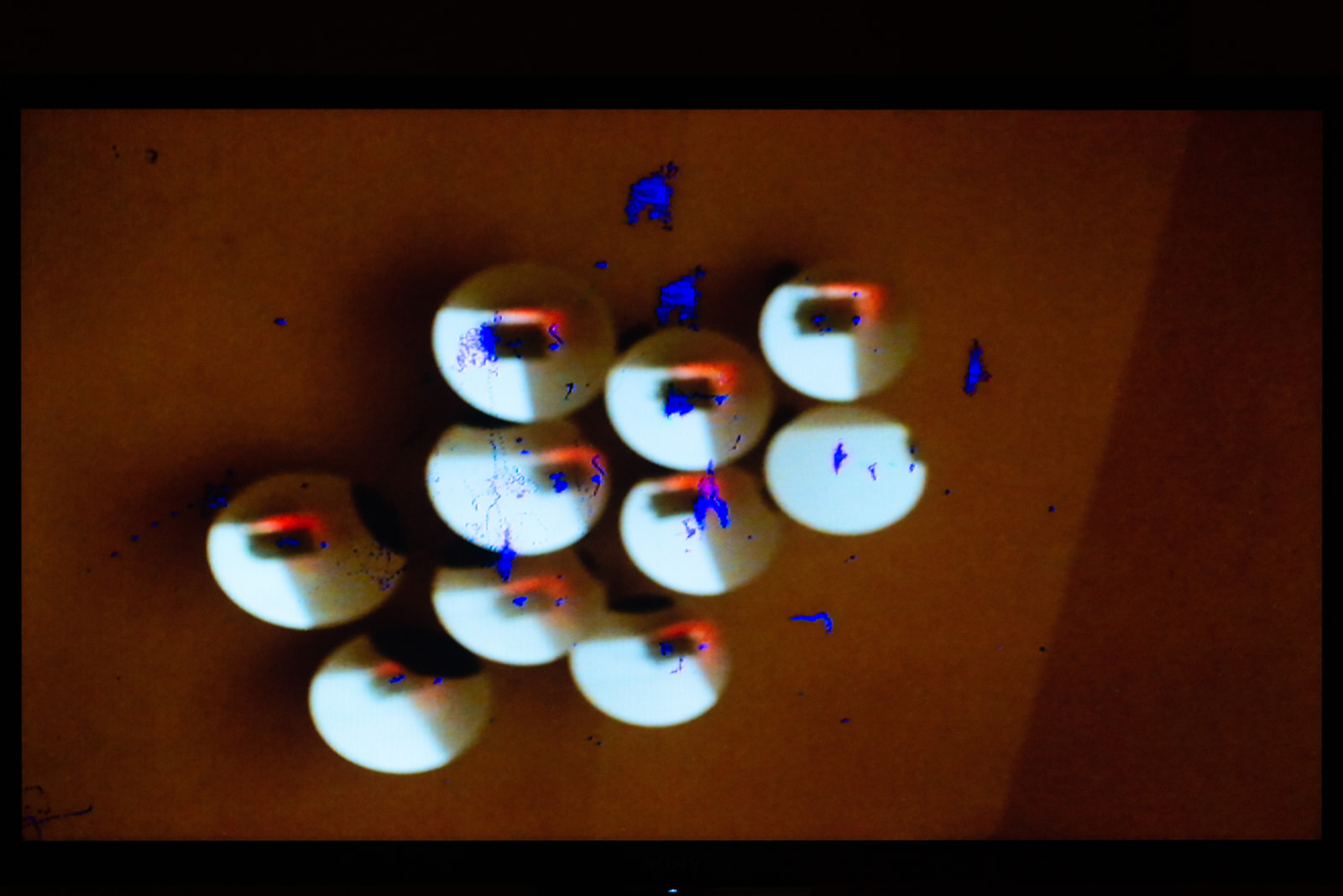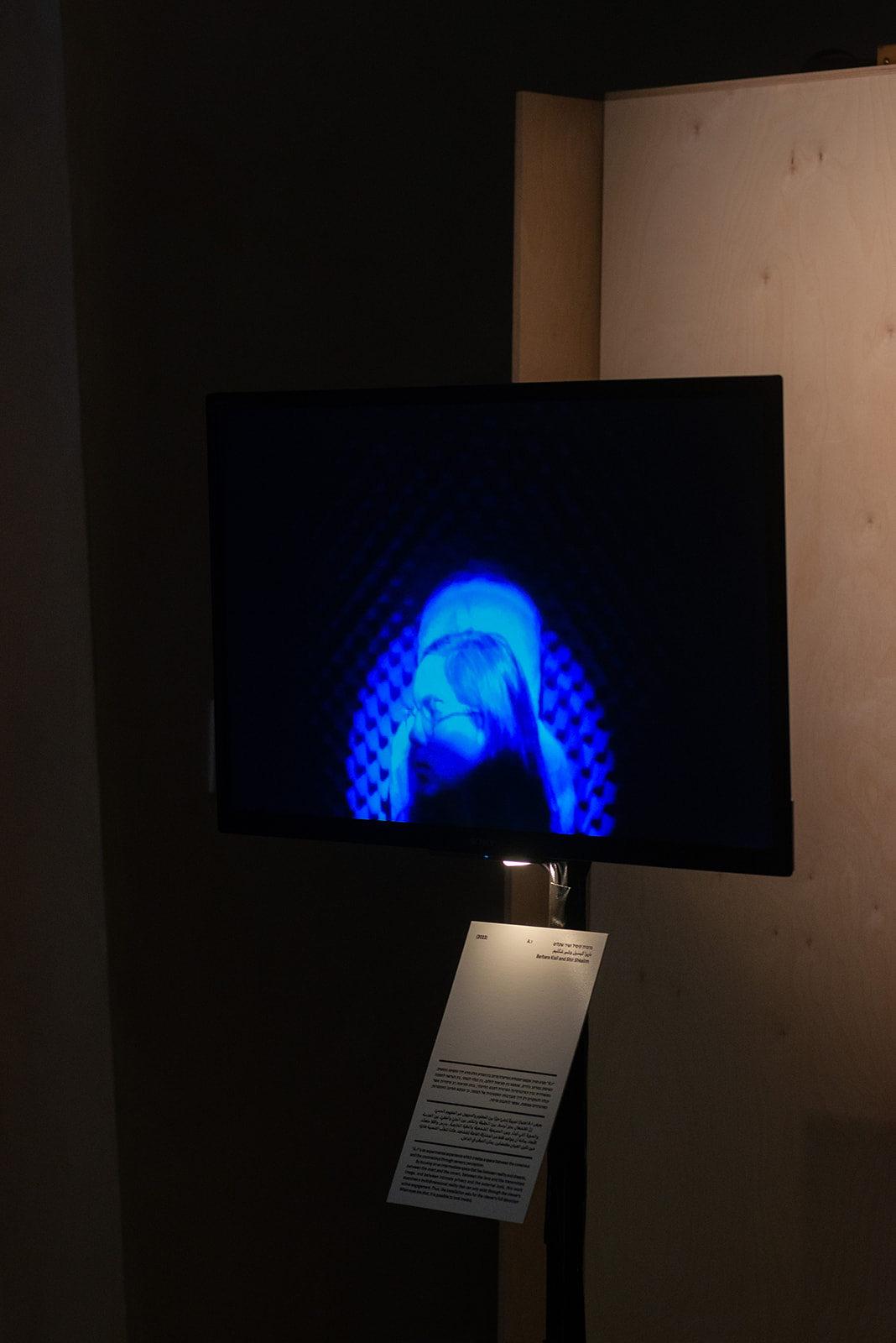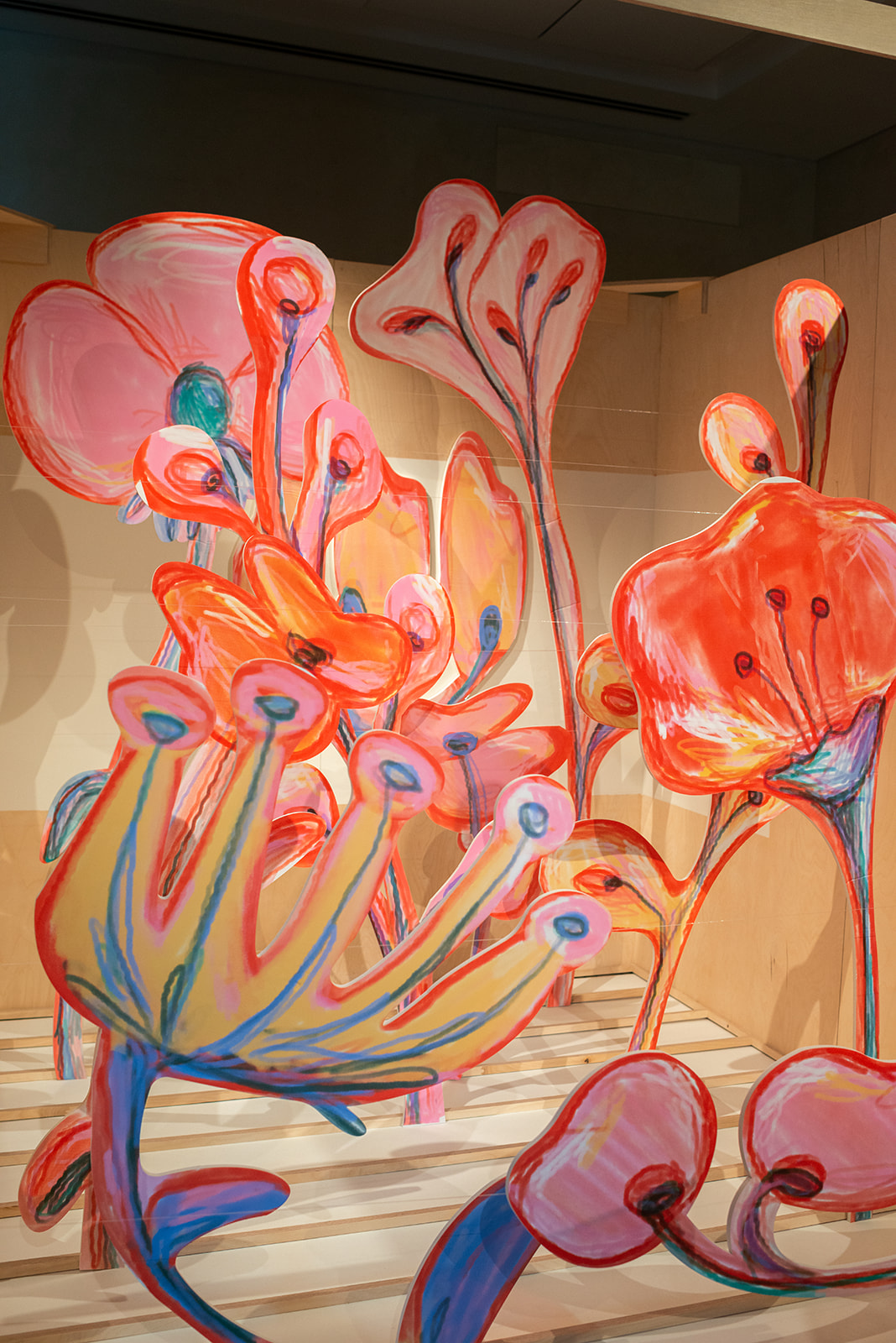Of all the various scales addressed by design exhibitions, and also, to some extent, art exhibitions, the scale of the interior space as a set of details, occurrences, proportions. and interactions, seems more relevant than ever. Such spaces encompass all the disciplines – from the poetic to the practical, from the structure to the object, from the static to the performative.
The presence and influence of all of these are amplified when we consider the way in which such spaces and works are consumed nowadays: Through the camera lens, and in an intensifying manner. Thus, the frame – and the physical and performative possibilities it summons – sharpens, and a clear boundary separates the visible (through the camera) from that which is out of sight, the systems enabling the visual image. In other words: The controlled and directed gaze from the free-ranged reading of the space by the human eye. Some time ago, and increasingly since the pandemic, interior spaces have turned into sets – possibly cinematic or theatrical – that allow not only to rethink the image of the space vis-à-vis its use, but also the freedom to engage in the fantastic, to challenge the scales, to dispute the laws of physics, and to enable culture to do its thing – imagine possibilities.
That is exactly what the exhibition, Set, seeks to do. Four groups of artists and designers were invited to work in four sets – spaces within the space – with an exposed fourth wall, facing a web camera and a monitor. Their works examine what is on the set and what is off it, the experience they are trying to create and what activates it, what the human eye sees, and at what the camera lens – the artist’s point of view – asks us to pay attention to.
Set aims to refine and articulate a cross-disciplinary design and artistic discourse – which asks questions about space and the object, about the two-dimensional and three-dimensional, about the real and imagined, and about exhibition and performance.
